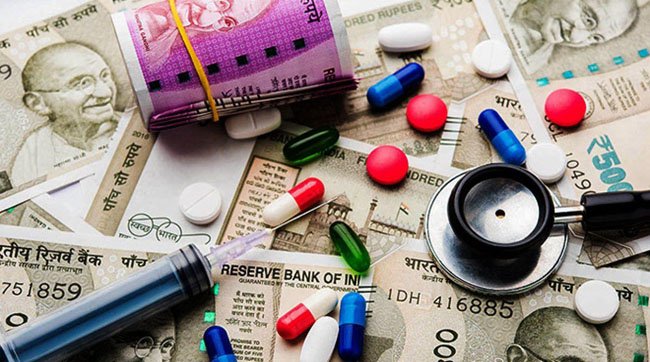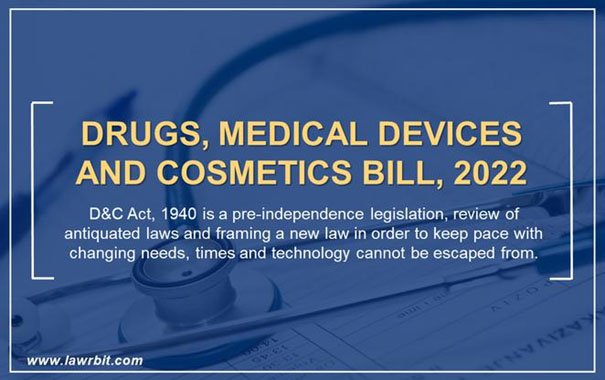ISSUE OF RISING COSTS OF DRUGS AND PHARMA INDUSTRY OF INDIA
Context- Standing Committee on Health highlighted the concern over rising costs of medicines.

(CREDITS- Observer Research Foundation)
HIGHLIGHTS of Rajya Sabha’s STANDING COMMITEE ON HEALTH REPORT
- About 40% of cancer hospitalization cases are financed mainly through borrowings, sale of assets and contributions from friends and relatives.
- Out of pocket spending on cancer care is too high in country.
- Spending for cancer care in private facilities is about three times that of public facilities.
Comparison of cancer treatment cost in India w.r.t other countries – World Health Organization (WHO) report on pricing of cancer medicines and its impacts had stated that the cost of a course of standard treatment for early stage HER2 (human epidermal growth factor receptor) positive breast cancer would be equivalent to about 10 years of average annual wages in India and South Africa and 1.7 years in the United States.
CAUSES OF HIGH TREATMENT COSTS
- According to pharmaceutical companies, they spend around $3billion on research and development to remain in such market.
- Companies set prices with motive to maximise profits, thus denying patients from taking advantage of new medical interventions.
- Pharma companies in the developed world have successfully persuaded their governments to strengthen the rights that they derive from patents. This results into monopoly control over their products.
- Such high costs checks peoples from getting timely treatments. It has also jeopardised their right to live with dignity, a fundamental right guaranteed under Article 21 of the Indian Constitution.
STEPS TO MAKE DRUGS AFFORDABLE FOR PUBLIC
- Government should authorise Indian companies to domestically produce high-priced cancer medicines, by granting compulsory licences (CLs) in keeping with Sections 84 and 92 of the Patents Act.
- The Government can invoke provisions of Section 100, which empowers it to authorise any entity to use a patented invention without the authorisation of the patent holder.
NEW DRUGS AND COSMETICS BILL, 2O22

(Credits- Lawrbit)
- For the first time, regulations for conduct of clinical trials for new drugs and medical devices have been brought under the draft New Drugs, Medical Devices and Cosmetics Bill, 2022 which seeks to replace the existing Drugs and Cosmetics Act of 1940.
- Created new category – “Innovative drug of ayurveda and unani”, which does not require patent and propriety and no testing and trials as same for other allopathic medicines.
- Approving authority of these drugs is different from that of other medicines. New Scientific Research Board will be staffed by Ayush experts.
- Issue of safety such as presence of heavy metals in these drugs is neglected.
- The draft prohibits clinical trials or clinical investigations of drugs and medical devices without permission from the central licensing authority.
Currently, Pharmaceuticals in India are regulated by three entities :-
- Central Drugs Standard Control Organisation (CDSCO).
- By Ministry Of HEALTH.
- States’s and UT’s on their own.
ISSUES WITH NEW DRAFT BILL
- No provisions to regulate online pharmacies exist in the law or any of the Rules.
- No provision of Good Manufacturing Practices.
- In the existing Act, medical devices are treated as drugs and there is no separate definition of medical devices.
- No single regulator
- Also ensures no transparency.
MASHLEKAR COMMITTEE (2003)- recommends centralising drug licensing with central regulator.
WAY FORWARD
- The government should guarantee proactive disclosures.
- Good Manufacturing Practice compliance and report accessibilty to general public.
- State Governments to act stringently. Ex- Himachal Pradesh Government fears actions due to stopping of investment by pharma industry.
Syllabus: GS2 – Governance, GS3 – Issues related to Health.


